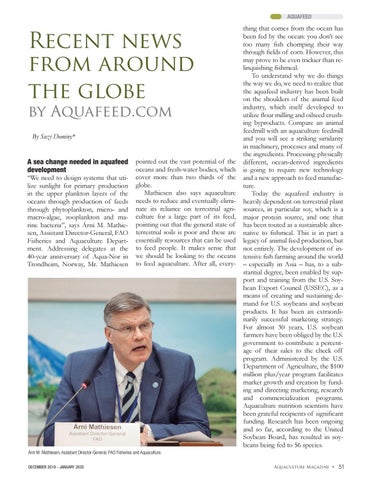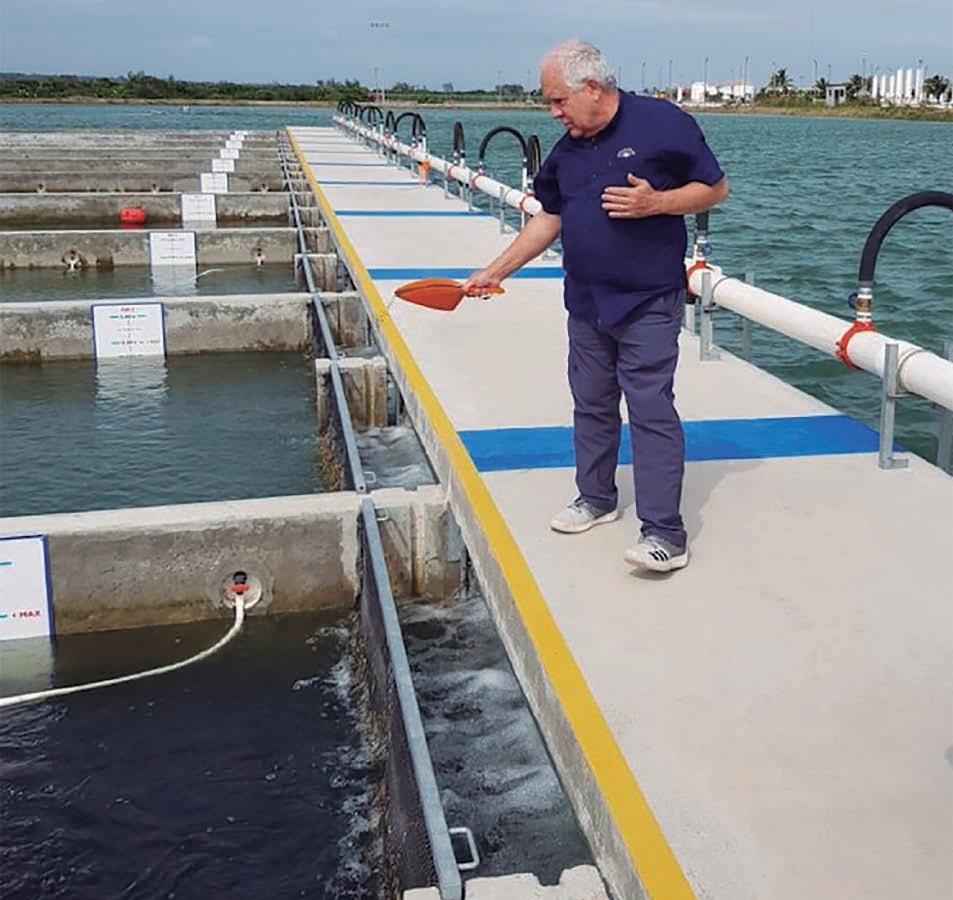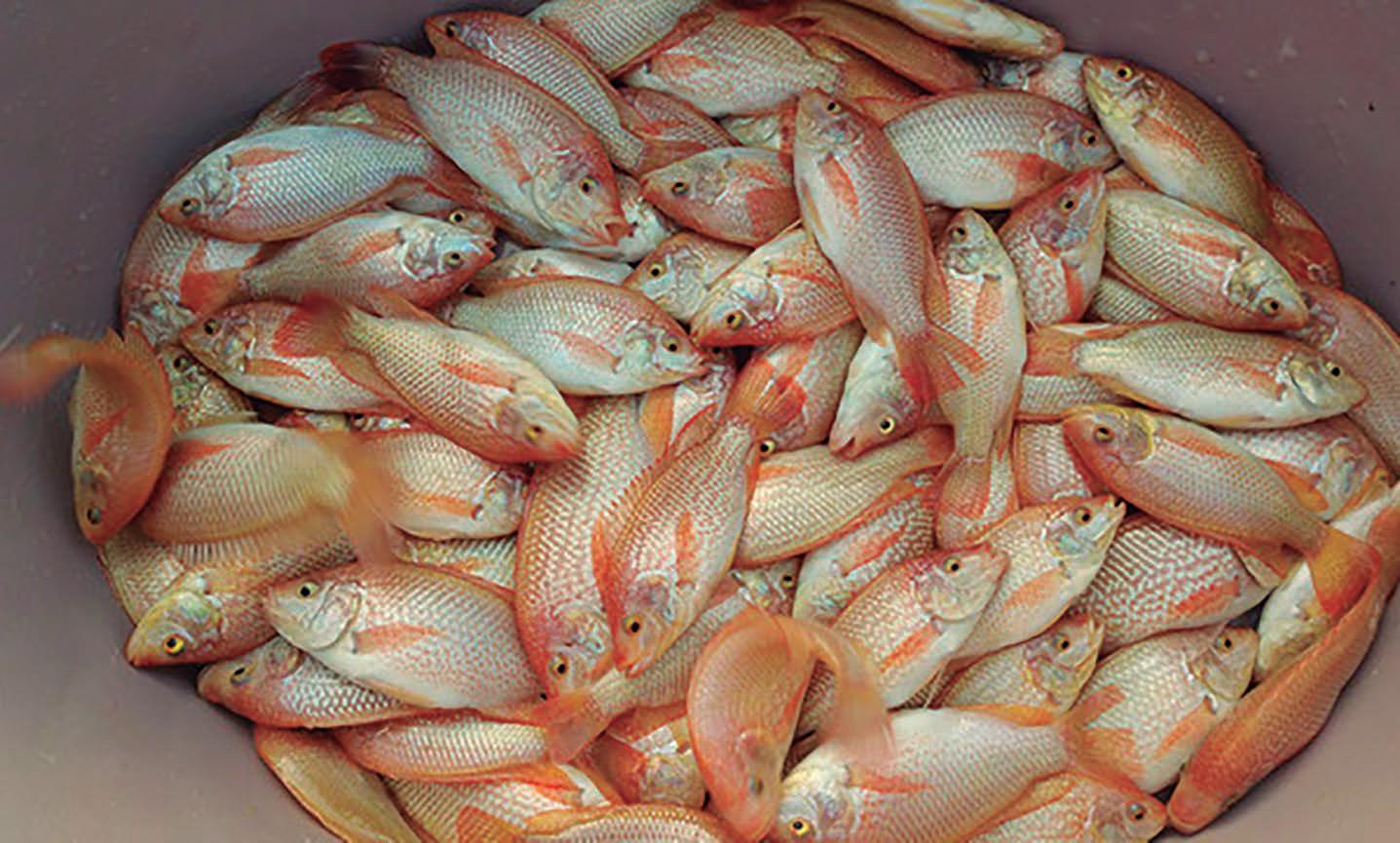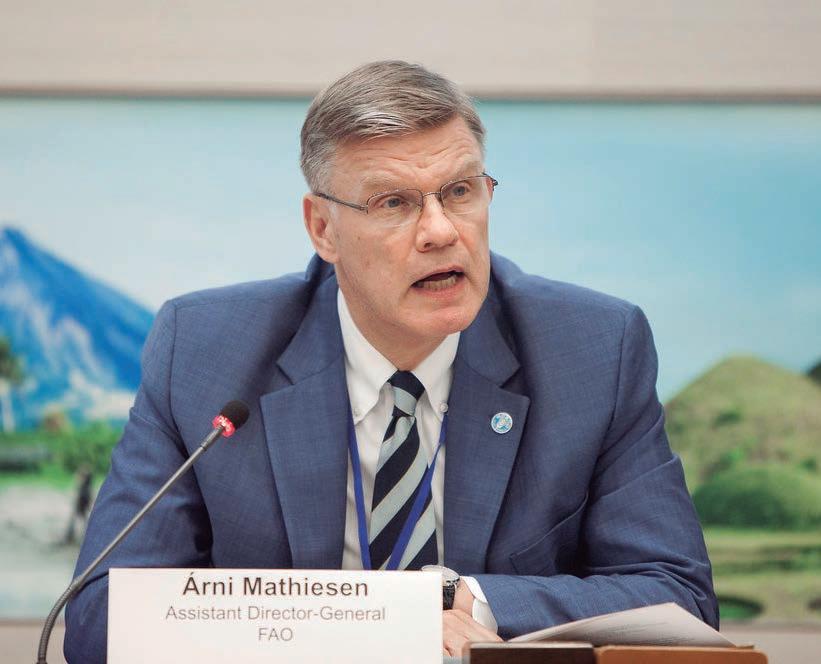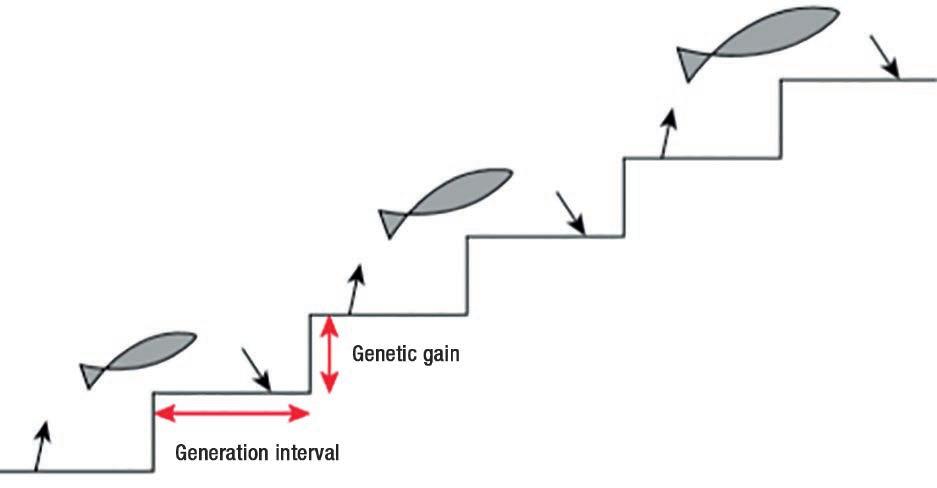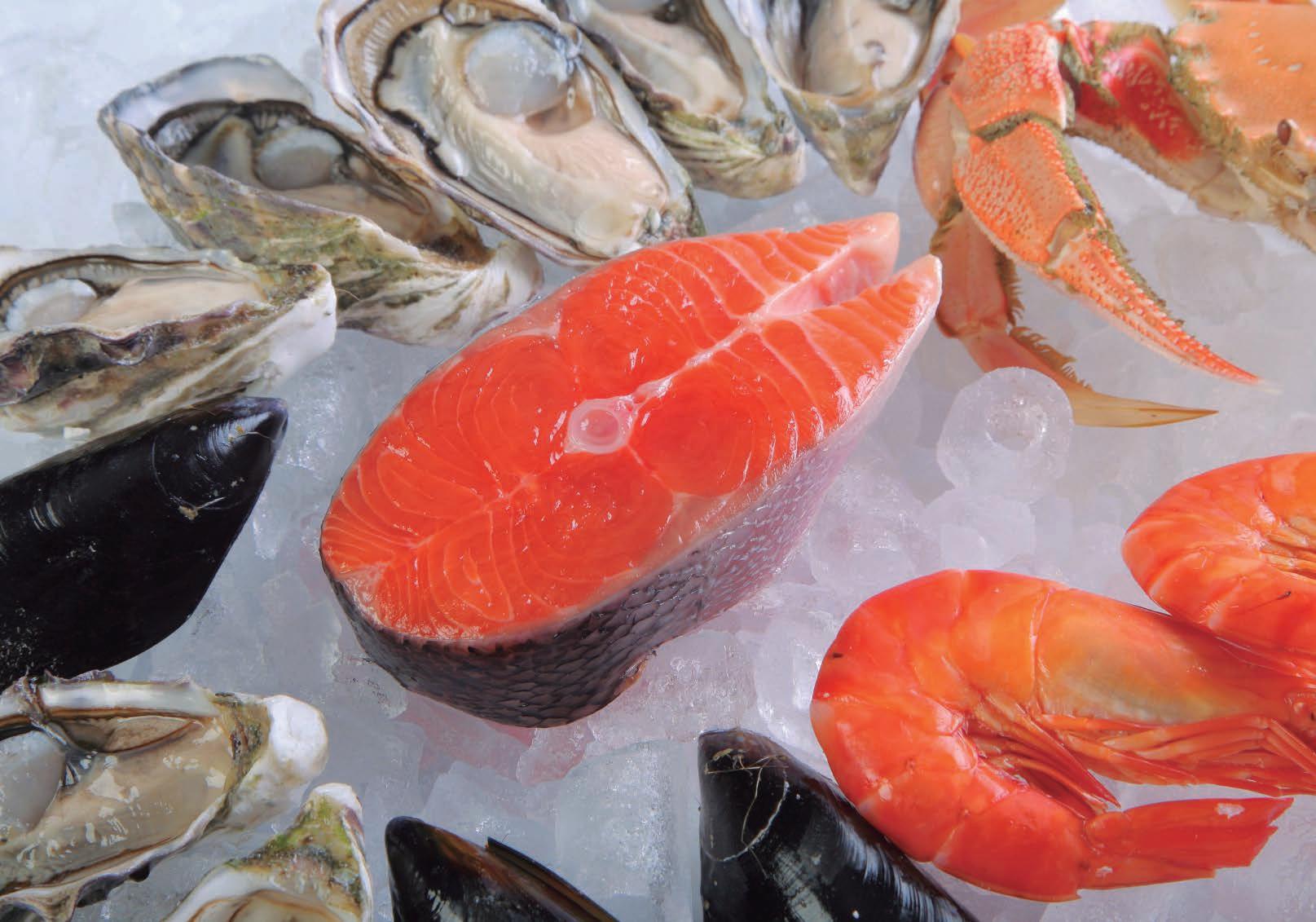AQUAFEED
Recent news from around the globe by Aquafeed.com By Suzi Dominy*
A sea change needed in aquafeed development “We need to design systems that utilize sunlight for primary production in the upper plankton layers of the oceans through production of feeds through phytoplankton, micro- and macro-algae, zooplankton and marine bacteria”, says Árni M. Mathiesen, Assistant Director-General, FAO Fisheries and Aquaculture Department. Addressing delegates at the 40-year anniversary of Aqua-Nor in Trondheim, Norway, Mr. Mathiesen
pointed out the vast potential of the oceans and fresh-water bodies, which cover more than two thirds of the globe. Mathiesen also says aquaculture needs to reduce and eventually eliminate its reliance on terrestrial agriculture for a large part of its feed, pointing out that the general state of terrestrial soils is poor and these are essentially resources that can be used to feed people. It makes sense that we should be looking to the oceans to feed aquaculture. After all, every-
thing that comes from the ocean has been fed by the ocean: you don’t see too many fish chomping their way through fields of corn. However, this may prove to be even trickier than relinquishing fishmeal. To understand why we do things the way we do, we need to realize that the aquafeed industry has been built on the shoulders of the animal feed industry, which itself developed to utilize flour milling and oilseed crushing byproducts. Compare an animal feedmill with an aquaculture feedmill and you will see a striking similarity in machinery, processes and many of the ingredients. Processing physically different, ocean-derived ingredients is going to require new technology and a new approach to feed manufacture. Today the aquafeed industry is heavily dependent on terrestrial plant sources, in particular soy, which is a major protein source, and one that has been touted as a sustainable alternative to fishmeal. This is in part a legacy of animal feed production, but not entirely. The development of intensive fish farming around the world – especially in Asia – has, to a substantial degree, been enabled by support and training from the U.S. Soybean Export Council (USSEC), as a means of creating and sustaining demand for U.S. soybeans and soybean products. It has been an extraordinarily successful marketing strategy. For almost 30 years, U.S. soybean farmers have been obliged by the U.S. government to contribute a percentage of their sales to the check off program. Administered by the U.S. Department of Agriculture, the $100 million plus/year program facilitates market growth and creation by funding and directing marketing, research and commercialization programs. Aquaculture nutrition scientists have been grateful recipients of significant funding. Research has been ongoing and so far, according to the United Soybean Board, has resulted in soybeans being fed to 56 species.
Árni M. Mathiesen, Assistant Director-General, FAO Fisheries and Aquaculture. DECEMBER 2019 - JANUARY 2020
» 51
